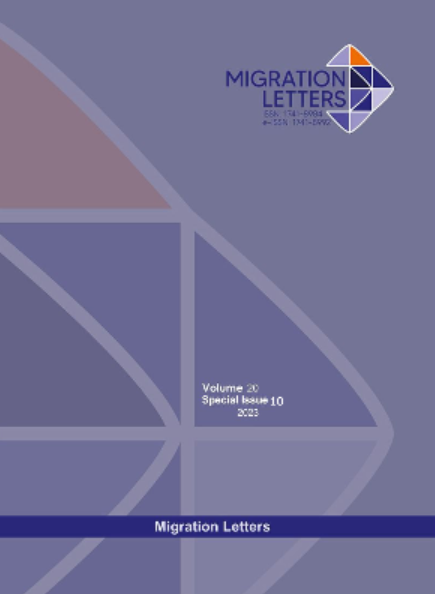Language Attrition Spectrum (LAS) A Case Study Of The Relation Between L2 Attrition And Language Preferences
Abstract
This longitudinal study analyzed the language production of a bilingual returnee child who moved from Saudi Arabia to the US at age two and returned at eight. The goal was to understand if the Language Attrition Spectrum (LAS) Hypothesis influenced the child's ability to switch between languages. Over 48 weeks, data were gathered via surveys and mini-video clips recorded by the parents, spanning periods before, during, and after the COVID-19 pandemic. Analysis using Minitab Software showed variances in verbal production between the first (L1) and second language (L2). L2 usage increased during quarantine due to reduced L1 interactions with peers but decreased post-quarantine. The LAS proves to be an instrumental hypothesis for pinpointing variances in language attrition, pushing forward the comprehension of language preference shifts. The primary limitation was its smaller sample size due to resource and cultural constraints.
Metrics
Downloads
Published
How to Cite
Issue
Section
License

This work is licensed under a Creative Commons Attribution-NonCommercial-NoDerivatives 4.0 International License.
CC Attribution-NonCommercial-NoDerivatives 4.0






